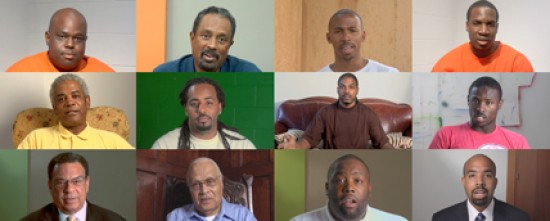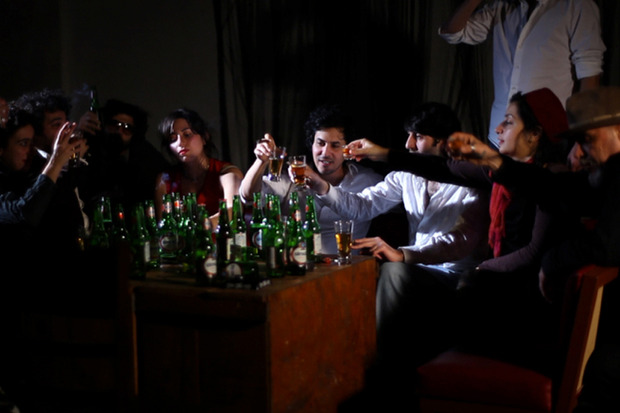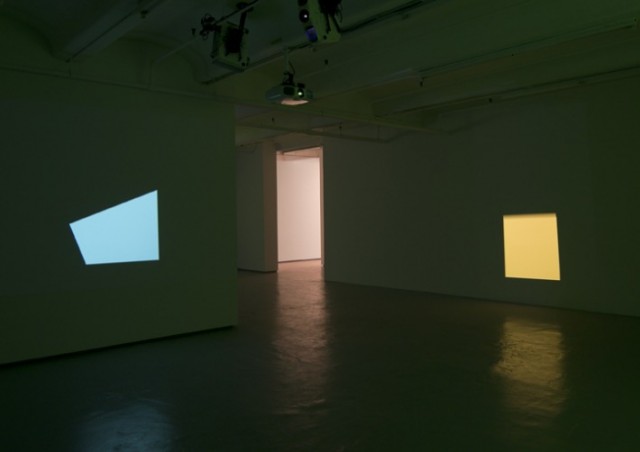7Eleven Gallery
711 Washington St. between Perry St. and 11th
Tuesday – Saturday through February 18, free
www.7elevengallery.com
Back in 1946, the Southland Ice Company began calling its chain of convenience stores 7-Eleven, named for the hours it was open. Today there are more 7-Elevens in the world than McDonald’s restaurants, and inside you can find a wide range of relatively edible products made from different chemical reactions, most famously the Slurpee, which has been known to result in brain freeze. Back in 2008, Sabrina Blaichman, Caroline Copley, and Genevieve Hudson-Price started the nomadic 7Eleven Gallery, which has held several art shows around the city over the last few years but has returned to its original home at 711 Washington St. Its latest exhibition, “Alchemy,” is a collection of works that involve the transmutation of materials into a wide range of multimedia objects that elicit aesthetic, philosophical, and physical reactions from those who partake of its resulting product, sure to stimulate the brain, not freeze it. The centerpiece of “Alchemy” is Nick Doyle’s “Smoke and Mirrors,” a large-scale installation of a volcano hovering on the edge of a city; visitors can flip switches from a control board to add lightning strikes, circling clouds, steam rising from below, an eruption, and even earthquakes, turning the viewer into a kind of mad scientist with the power to change the world. (Doyle will be at the gallery on February 10 at 7:00 giving free tattoos for three hours.)
The artist known simply as GAINES has transformed four wooden doors into electrified instruments. Video artist Casey Neistat becomes an unseen chemist, performing “The Whisky Water Trick” to Tex Ritter’s “Jack o’ Diamonds (Rye Whiskey).” Sculptor Thomas Beale uses found shells to make an untitled knoblike form sticking out of the wall. Alchemy generally involves turning base metals into gold and silver, but Michael St. John takes a different tack, unfolding a trademark-blue Tiffany box into an abstract geometric shape. But the real gem of the show is Eve Andee Laramee, who combines artistic exploration and scientific investigation in “The Memories of the Stones,” a Victorian steampunk viewing globe right out of Jules Verne, with the addition of streaming video; “Dustball as the Model of the Universe,” a ball of dust encased in a glass bottle; “An Unnatural History of Discontinuity,” a series of acrylic, collage, and ink on paper pieces that evoke scientific experiments; and “Invisible Fire,” glowing depression glass formally arranged in a downstairs cave. In addition, Laramee has a curio cabinet in the gallery’s store, where many of her old-fashioned, offbeat, alchemical objects are for sale. And no, you cannot get hot dogs, Slurpees, or other inscrutable food and drink behind the counter.
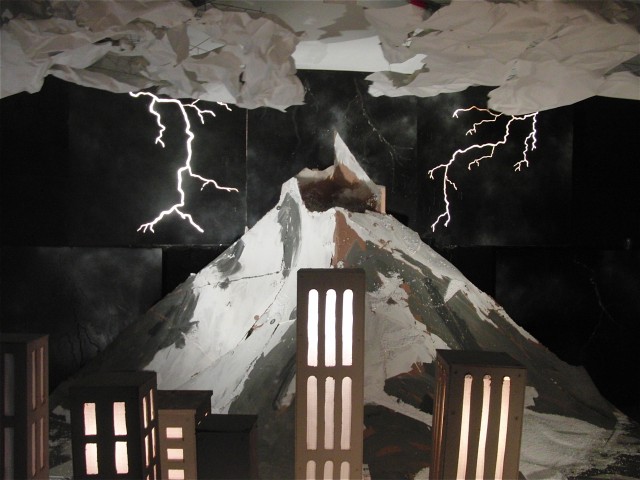
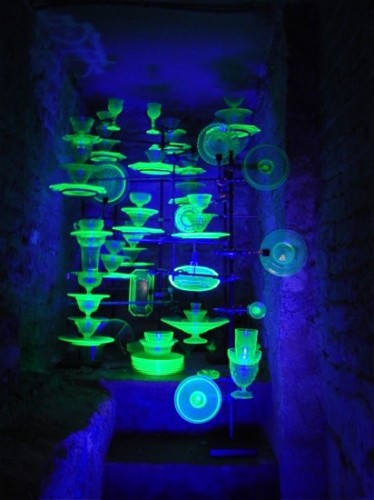
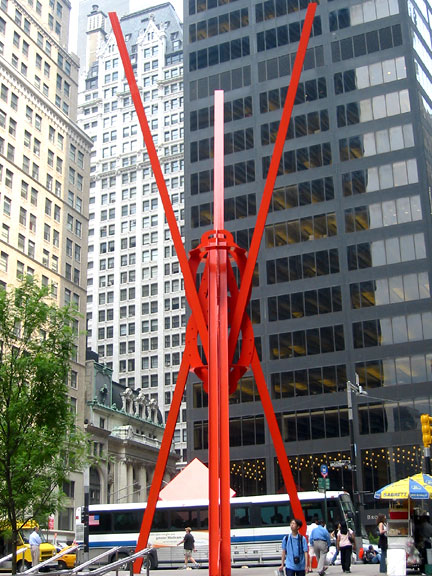
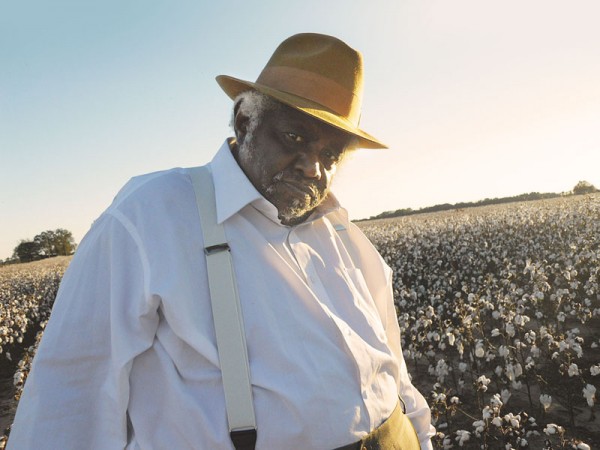
 Born in 1945 in rural Georgia to a mother who abandoned him when he was three months old, Winfred Rembert grew up picking cotton, dropped out of high school, spent time in jail and on a chain gang, and lost nearly all his teeth. But it was his years behind bars that turned him into a new man, as he learned to read and write and developed a unique art style that soon had him carving out the tales of his life on leather. Longtime journalist, producer, and writer Vivian Ducat tells Rembert’s amazing story in her engaging feature-length debut, All Me: The Life and Times of Winfred Rembert. Ducat follows the oversized Rembert, who regularly bubbles over with joy, as he returns for a show in Cuthbert, Georgia, and prepares for a big opening in New York City. “I know he’s here for a reason,” his sister Lorraine says in the film. “To help people and to be a witness through his art.” Throughout All Me, Rembert discusses many of his works, in which he uses indelible dyes on carved leather, in great detail, each one representing a part of his life, focusing on being a poor black man in a white-dominated society. It is quite poignant late in the film when he points out that his art seems to be most appreciated by whites even though it is meant as a visual history for blacks. But what really makes the documentary work is not just that Rembert is such an enigmatic, larger-than-life figure but that his art is exceptional, his self-taught, folksy style reminiscent of such forebears as Romare Bearden and Jacob Lawrence, capturing a deeply personal, intensely intimate part of the black experience in twentieth-century America. Rembert, one of the most fascinating characters you’re ever likely to come upon, will be at the Pelham Fritz Recreation Center on February 9 at 1:00 with Ducat and producer Mark Urman for a free screening of All Me, and what should be an enlightening Q&A afterward. (Rembert and Uman will also be at the Montclair Art Museum on February 16 at 7:00 as part of the fifth annual Montclair African American Film Festival, which is also free.) And if you’re as captivated by Rembert’s story as we are, you can see more of his work in his “Amazing Grace” exhibition, running through May 5 at the
Born in 1945 in rural Georgia to a mother who abandoned him when he was three months old, Winfred Rembert grew up picking cotton, dropped out of high school, spent time in jail and on a chain gang, and lost nearly all his teeth. But it was his years behind bars that turned him into a new man, as he learned to read and write and developed a unique art style that soon had him carving out the tales of his life on leather. Longtime journalist, producer, and writer Vivian Ducat tells Rembert’s amazing story in her engaging feature-length debut, All Me: The Life and Times of Winfred Rembert. Ducat follows the oversized Rembert, who regularly bubbles over with joy, as he returns for a show in Cuthbert, Georgia, and prepares for a big opening in New York City. “I know he’s here for a reason,” his sister Lorraine says in the film. “To help people and to be a witness through his art.” Throughout All Me, Rembert discusses many of his works, in which he uses indelible dyes on carved leather, in great detail, each one representing a part of his life, focusing on being a poor black man in a white-dominated society. It is quite poignant late in the film when he points out that his art seems to be most appreciated by whites even though it is meant as a visual history for blacks. But what really makes the documentary work is not just that Rembert is such an enigmatic, larger-than-life figure but that his art is exceptional, his self-taught, folksy style reminiscent of such forebears as Romare Bearden and Jacob Lawrence, capturing a deeply personal, intensely intimate part of the black experience in twentieth-century America. Rembert, one of the most fascinating characters you’re ever likely to come upon, will be at the Pelham Fritz Recreation Center on February 9 at 1:00 with Ducat and producer Mark Urman for a free screening of All Me, and what should be an enlightening Q&A afterward. (Rembert and Uman will also be at the Montclair Art Museum on February 16 at 7:00 as part of the fifth annual Montclair African American Film Festival, which is also free.) And if you’re as captivated by Rembert’s story as we are, you can see more of his work in his “Amazing Grace” exhibition, running through May 5 at the 